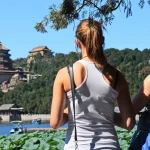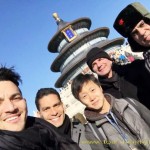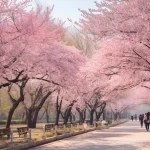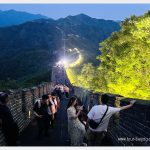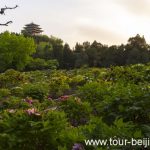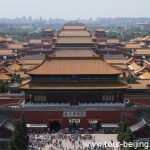How to Visit Hukou Waterfall (Tips, Photos & Map)
Plan your China tour? Hukou Waterfall of the Yellow River (壶口瀑布) is one of the most beautiful waterfalls in China and the largest yellow waterfalls in the world. Do you have a fancy idea of visiting this magnificent waterfall? Yes, years ago its awkward location did drive away many travellers since it is located in…
